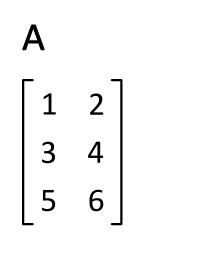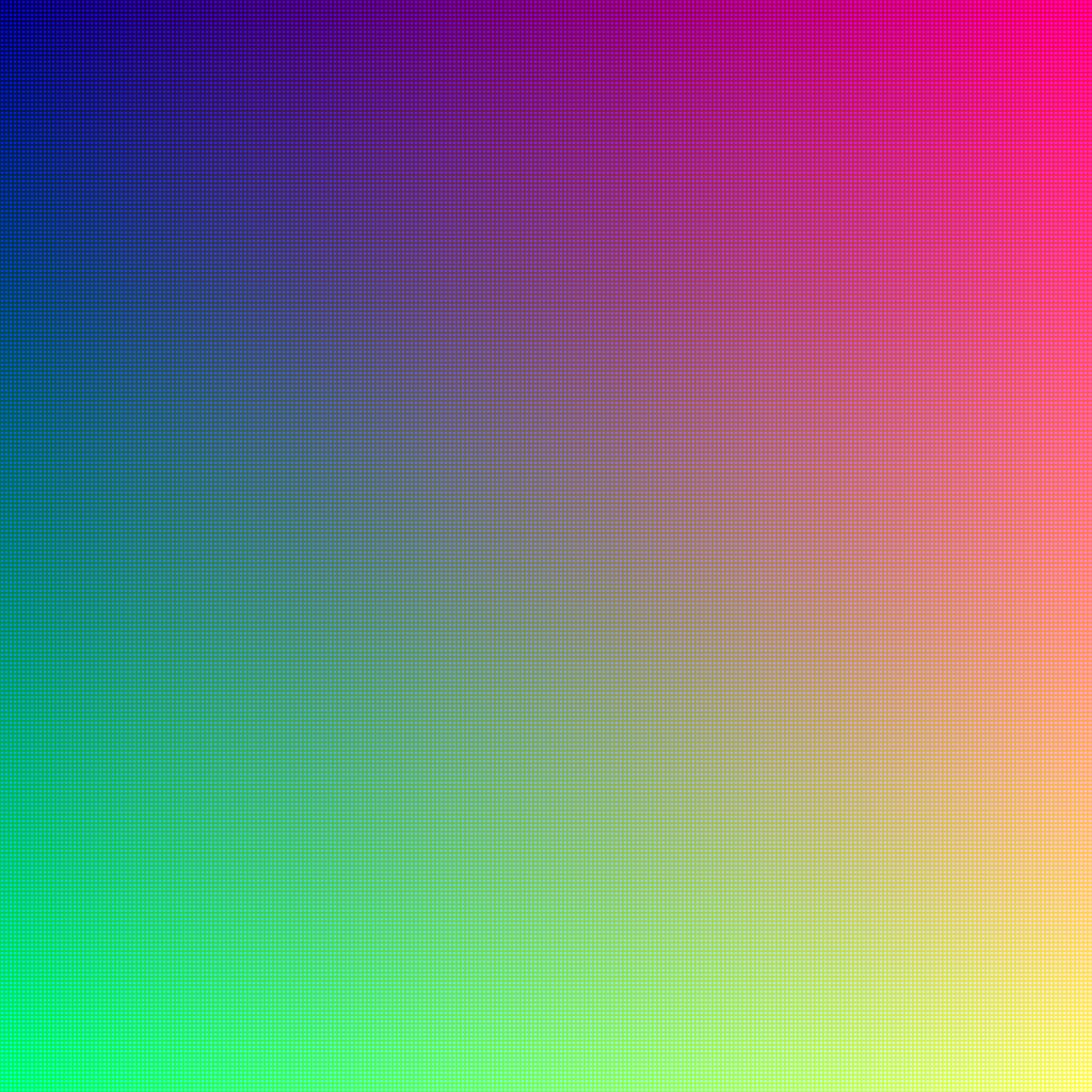|
PICtor PIC Image Format
PICtor is an image file format developed by John Bridges, the principal author of PCPaint, the first Paintbrush program for the PC. It was also the native file format for Pictor Paint and Graphics Animation System for Professionals (GRASP) (also by Bridges) and became the first widely accepted DOS imaging standard. Typical file format The PICtor format is a device-independent raster image format; the file header stores information about the display hardware (screen resolution, color depth and palette information, bit planes, and so on) separately from the actual image information, allowing the image to be properly transferred and displayed on computer systems with different hardware. PIC files commonly stored palette-indexed images ranging from 2 or 4 colors to 16 and 256 colors, although the format has been extended to record true-color (24-bit) images as well. Although it is device-independent, the PIC format also contains additional information about the device that it ... [...More Info...] [...Related Items...] OR: [Wikipedia] [Google] [Baidu] |
|
|
Graphics File Formats
An image file format is a file format for a digital image. There are many formats that can be used, such as JPEG, PNG, and GIF. Most formats up until 2022 were for storing 2D images, not 3D ones. The data stored in an image file format may be compressed or uncompressed. If the data is compressed, it may be done so using lossy compression or lossless compression. For graphic design applications, vector formats are often used. Some image file formats support transparency. Raster formats are for 2D images. A 3D image can be represented within a 2D format, as in a stereogram or autostereogram, but this 3D image will not be a true light field, and thereby may cause the vergence-accommodation conflict. Image files are composed of digital data in one of these formats so that the data can be displayed on a digital (computer) display or printed out using a printer. A common method for displaying digital image information has historically been rasterization. Image file sizes ... [...More Info...] [...Related Items...] OR: [Wikipedia] [Google] [Baidu] |
|
|
John Bridges (software Developer)
John Bridges is the co-author of the computer program PCPaint and primary developer of the program GRASP for Microtex Industries with Doug Wolfgram. He is also the sole author of GLPro and AfterGRASP. His article entitled "Differential Image Compression" was published in the February 1991 issue of Dr. Dobb's Journal. Early work In 1980 Bridges started his programming career at the NYU Institute for Reconstructive Plastic Surgery as a summer intern, working with sophisticated programmable vector graphics systems. He wrote editing tools and also updated and debugged software used for early 3D x-ray scanning research. From 1981 to 1985 Bridges wrote the RAM disk drivers, utilities, cracking software, task switching software, and memory test diagnostics for Abacus, a maker of large memory cards for the Apple II. In 1982, he started working for Classroom Consortia Media, Inc., an educational software company, developing and writing Apple and IBM graphics libraries and tools for th ... [...More Info...] [...Related Items...] OR: [Wikipedia] [Google] [Baidu] |
|
|
PCPaint
PCPaint was one of the first IBM PC-based mouse-driven GUI paint programs, released in 1984. It followed after Microsoft Doodle, released in 1983 with the Microsoft Mouse version 1 drivers for DOS, and around the same time as Digital Research’s Draw program. It was developed and created by John Bridges and Doug Wolfgram. It was later developed into Pictor Paint. The hardware manufacturer Mouse Systems bundled PCPaint with millions of computer mice that they sold, making PCPaint one of the best-selling DOS-based paint programs of the mid 1980s. History In 1983, Doug Wolfgram purchased a Microsoft Mouse and decided to write a drawing program for it. They named it “Mouse Draw”. The interface was primitive but the program functioned well. Wolfgram traveled to SoftCon in New Orleans where he demonstrated the program to Mouse Systems. Mouse Systems was developing an optical mouse and they wanted to bundle a painting program so they agreed to publish Mouse Draw. The origi ... [...More Info...] [...Related Items...] OR: [Wikipedia] [Google] [Baidu] |
|
 |
MS-DOS
MS-DOS ( ; acronym for Microsoft Disk Operating System, also known as Microsoft DOS) is an operating system for x86-based personal computers mostly developed by Microsoft. Collectively, MS-DOS, its rebranding as IBM PC DOS, and a few operating systems attempting to be compatible with MS-DOS, are sometimes referred to as "DOS" (which is also the generic acronym for disk operating system). MS-DOS was the main operating system for IBM PC compatibles during the 1980s, from which point it was gradually superseded by operating systems offering a graphical user interface (GUI), in various generations of the graphical Microsoft Windows operating system. IBM licensed and re-released it in 1981 as PC DOS 1.0 for use in its PCs. Although MS-DOS and PC DOS were initially developed in parallel by Microsoft and IBM, the two products diverged after twelve years, in 1993, with recognizable differences in compatibility, syntax and capabilities. Beginning in 1988 with DR-DOS, ... [...More Info...] [...Related Items...] OR: [Wikipedia] [Google] [Baidu] |
|
O'Reilly Media
O'Reilly Media, Inc. (formerly O'Reilly & Associates) is an American learning company established by Tim O'Reilly that provides technical and professional skills development courses via an online learning platform. O'Reilly also publishes books about programming and other technical content. Its distinctive brand features a woodcut of an animal on many of its book covers. The company was known as a popular tech conference organizer for more than 20 years before closing the live conferences arm of its business. Company Early days The company began in 1978 as a private consulting firm doing technical writing, based in the Cambridge, Massachusetts area. In 1984, it began to retain publishing rights on manuals created for Unix vendors. A few 70-page "Nutshell Handbooks" were well-received, but the focus remained on the consulting business until 1988. After a conference displaying O'Reilly's preliminary Xlib manuals attracted significant attention, the company began increas ... [...More Info...] [...Related Items...] OR: [Wikipedia] [Google] [Baidu] |
|
 |
Raster Graphics
upright=1, The Smiley, smiley face in the top left corner is a raster image. When enlarged, individual pixels appear as squares. Enlarging further, each pixel can be analyzed, with their colors constructed through combination of the values for red, green and blue. In computer graphics and digital photography, a raster graphic, raster image, or simply raster is a two-dimensional image or picture represented as a rectangular Matrix (mathematics), matrix or grid of pixels, viewable via a computer display, paper, or other display medium. A raster image is technically characterized by the width and height of the image in pixels and by the number of bits per pixel. Raster images are stored in image files with varying dissemination, production, generation, and acquisition formats. The printing and prepress industries know raster graphics as contones (from "continuous tones"). In contrast, '' line art'' is usually implemented as vector graphics in digital systems. Many raster ... [...More Info...] [...Related Items...] OR: [Wikipedia] [Google] [Baidu] |
 |
Color Depth
Color depth, also known as bit depth, is either the number of bits used to indicate the color of a single pixel, or the number of bits used for each color component of a single pixel. When referring to a pixel, the concept can be defined as bits per pixel (bpp). When referring to a color component, the concept can be defined as bits per component, bits per channel, bits per color (all three abbreviated bpc), and also bits per pixel component, bits per color channel or bits per sample. Modern standards tend to use bits per component, but historical lower-depth systems used bits per pixel more often. Color depth is only one aspect of color representation, expressing the precision with which the amount of each primary can be expressed; the other aspect is how broad a range of colors can be expressed (the gamut). The definition of both color precision and gamut is accomplished with a color encoding specification which assigns a digital code value to a location in a color space. The ... [...More Info...] [...Related Items...] OR: [Wikipedia] [Google] [Baidu] |
|
Example Pictor Encoder
Example may refer to: * ''exempli gratia'' (e.g.), usually read out in English as "for example" * .example, reserved as a domain name that may not be installed as a top-level domain of the Internet ** example.com, example.net, example.org, and example.edu: second-level domain names reserved for use in documentation as examples * HMS ''Example'' (P165), an Archer-class patrol and training vessel of the Royal Navy Arts * ''The Example'', a 1634 play by James Shirley * ''The Example'' (comics), a 2009 graphic novel by Tom Taylor and Colin Wilson * Example (musician), the British dance musician Elliot John Gleave (born 1982) * ''Example'' (album), a 1995 album by American rock band For Squirrels See also * Exemplar (other), a prototype or model which others can use to understand a topic better * Exemplum, medieval collections of short stories to be told in sermons * Eixample The Eixample (, ) is a district of Barcelona between the old city (Ciutat Vella) a ... [...More Info...] [...Related Items...] OR: [Wikipedia] [Google] [Baidu] |
|
 |
Off-screen Buffer
A framebuffer (frame buffer, or sometimes framestore) is a portion of random-access memory (RAM) containing a bitmap that drives a video display. It is a memory buffer containing data representing all the pixels in a complete video frame. Modern video cards contain framebuffer circuitry in their cores. This circuitry converts an in-memory bitmap into a video signal that can be displayed on a computer monitor. In computing, a screen buffer is a part of computer memory used by a computer application for the representation of the content to be shown on the computer display. The screen buffer may also be called the video buffer, the regeneration buffer, or regen buffer for short. Screen buffers should be distinguished from video memory. To this end, the term off-screen buffer is also used. The information in the buffer typically consists of color values for every pixel to be shown on the display. Color values are commonly stored in 1-bit binary (monochrome), 4-bit palettized, 8 ... [...More Info...] [...Related Items...] OR: [Wikipedia] [Google] [Baidu] |